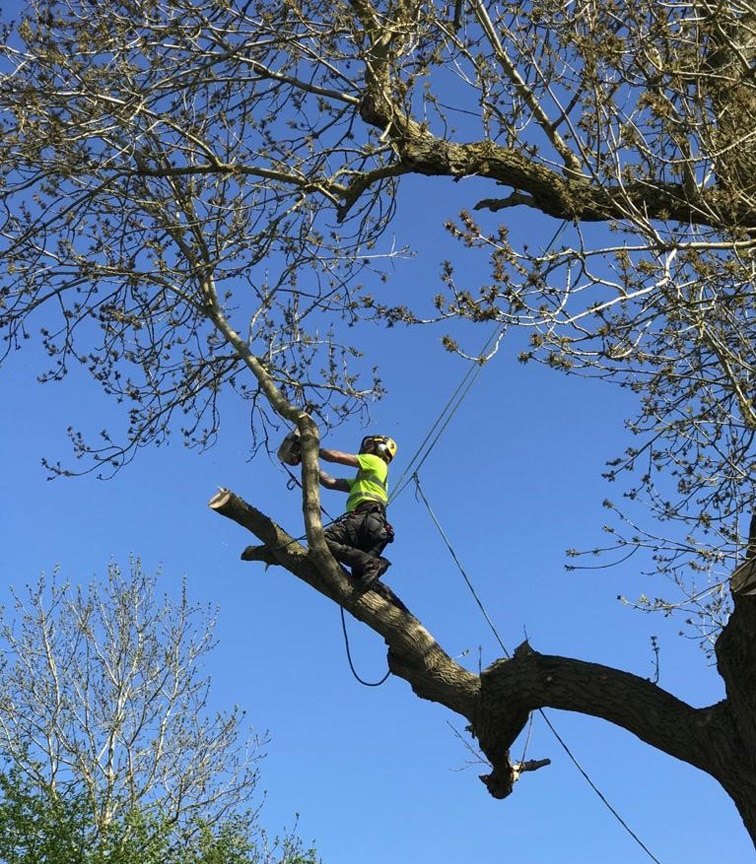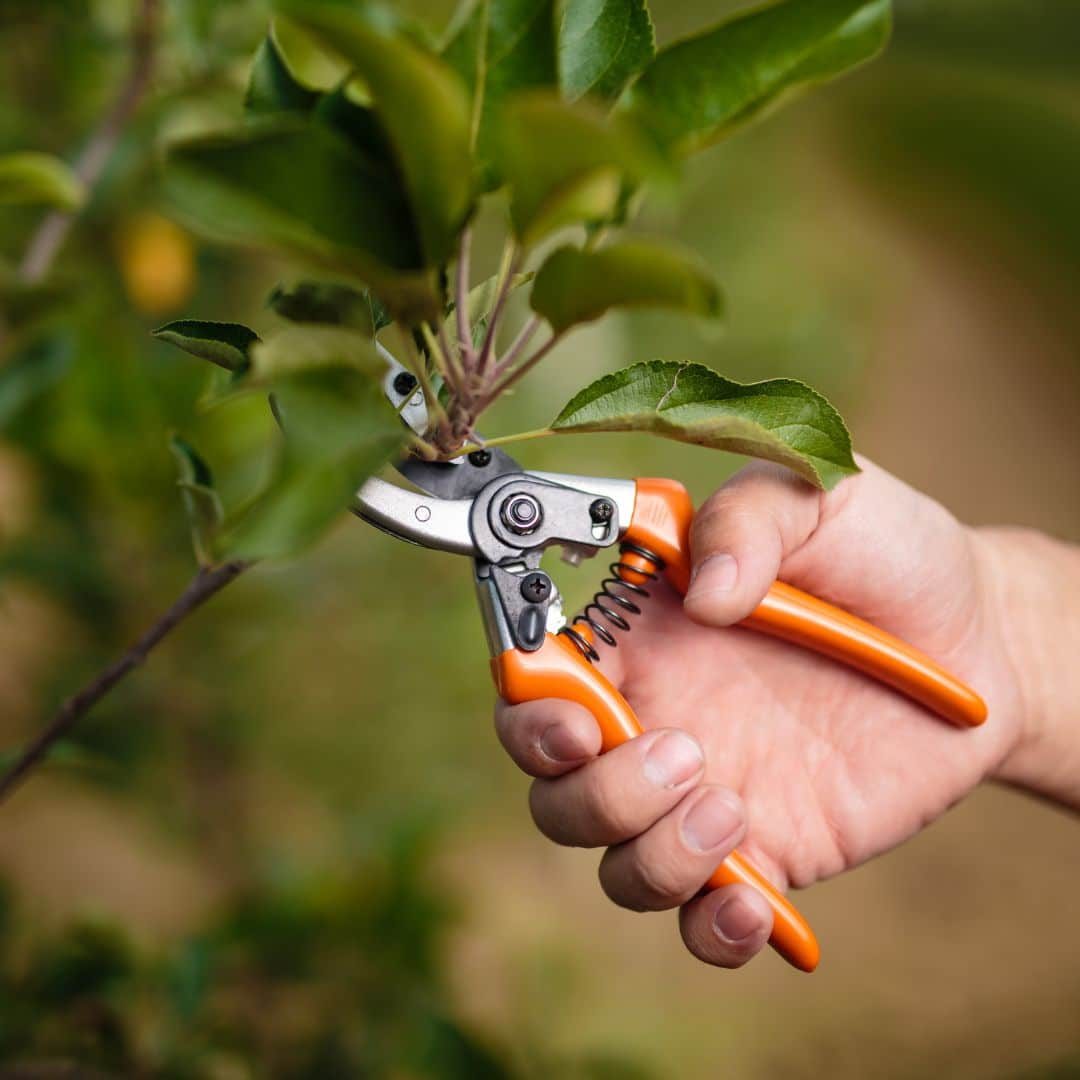To get your FREE quote, click HERE to fill out a contact form
The Benefits of Tree Pruning
Health Maintenance: Removing dead or diseased branches with tree pruning helps prevent the spread of decay that can weaken a tree over time. These branches often harbour harmful pathogens like fungi and bacteria, which, if left untreated, can spread to healthy parts of the tree or even infect nearby trees.
Safety: Dead branches are more prone to breaking, especially during high winds, storms, or under the weight of snow and ice. Removing them reduces the risk of unexpected falls, which could cause injury or damage to properties, vehicles, and power lines.
Aesthetic Improvement: Trees with dead branches can appear neglected and unsightly. Regular removal of dead wood enhances the tree's appearance, contributing to the overall beauty of gardens and landscapes. Well-pruned trees also give the impression of a well-maintained property.
Structural Integrity: Pruning dead limbs helps balance the tree’s structural load, preventing imbalances that can cause falls or splits. This is especially important for older trees or those in urban areas, where falling branches pose a greater risk to public safety.
Promote Growth: Pruning dead branches allows the tree to redirect its energy from maintaining or repairing damaged limbs to promoting new growth. This results in a healthier, more vigorous tree, with resources focused on developing stronger branches and foliage.
Contact Us

Dead Wooding: Removal of Dead, Diseased or Dying Wood
Dead wooding is the process of removing dead or dying branches from a tree.
Branches die off for a number of reasons ranging from light deficiency, pests and disease which causes root damage. A dead branch will at some point decay back to the parent stem causing abscission and fall off.
This is normally a slow process but can be shortened by high winds and extremities of temperature. Therefore, the main reason deadwooding and tree pruning is carried out is for safety reasons.
Situations that usually demand such removal would normally be trees that overhang public roads, houses, public areas and gardens as this is a potential hazard.
If at any point the affected tree branches fell, it could cause serious damage to your property, cars or passers-by.
Tree Pruning & Thinning
Our pruning techniques include Crown Lifting, Crown Reduction, Crown Thinning, and Tree Pollarding. Sometimes, this involves removing healthy wood, such as in formative pruning, which helps guide the tree’s future growth and structure. For example, we may remove a competing leader in a young tree, thin the crown to encourage new growth and improve air circulation, or reduce the tree's height to decrease shading or reduce the risk of wind damage. We also trim obstructive lower branches or shape trees for aesthetic reasons. In the case of fruit trees, pruning can enhance the yield.
Improper pruning can weaken a tree's structure or make it vulnerable to pests and diseases, which is why it’s essential to have your trees pruned by a qualified arborist.

FAQs on Dead Wooding & Pruning
The best time to prune trees depends on the species and the reason for pruning. Some trees can be pruned in late winter or early spring, while others are best pruned in late summer or early fall.
It is best to cut back your dead branches to the main trunk of the shrub, or just after where new life is sprouting. As long as the main trunk is still alive, new branches will be encouraged to grow back.
Regular pruning will encourage your tree to maintain its health; with reductions, it receives more light to all branches which will encourage branches to continue growing. For advice on your plants’ growth as well as tree diseases, speak tour arborists today.
